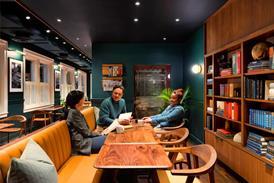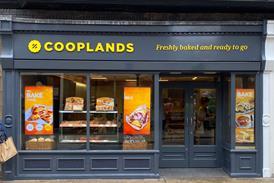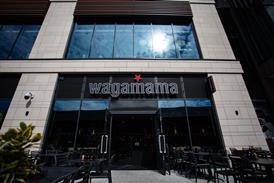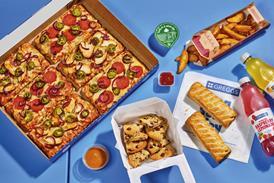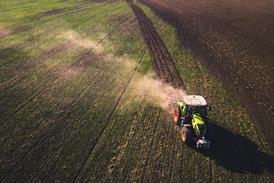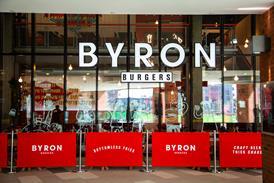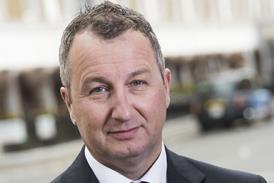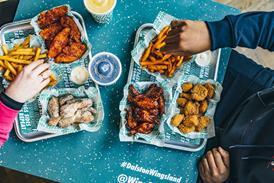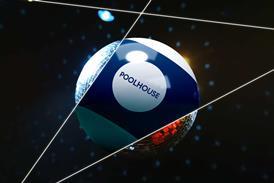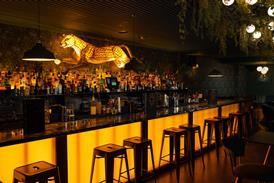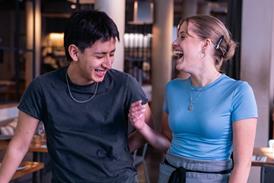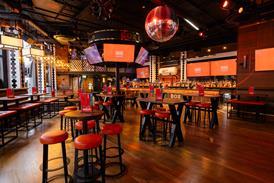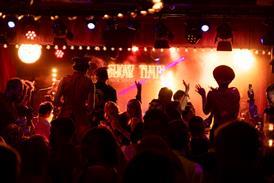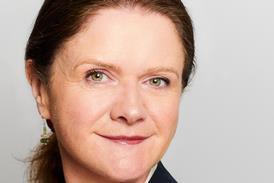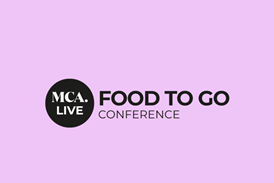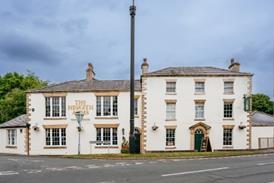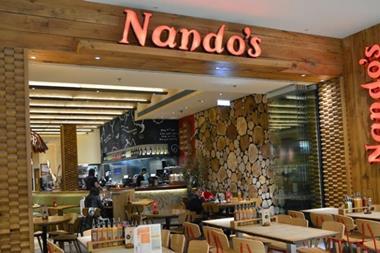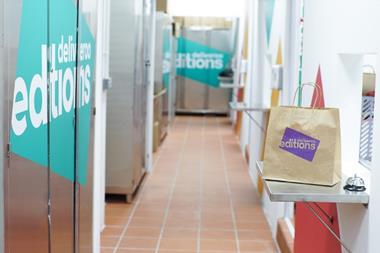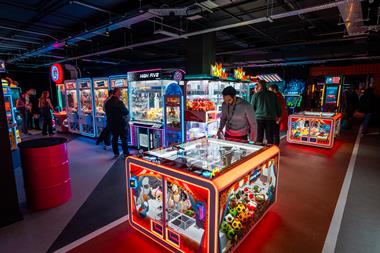Collecting data effectively and using it intelligently can have a transformational effect on hospitality businesses.
A huge advantage to businesses that take a digital approach is the amount of customer data at their disposal that provides them with vital insight into their customers’ purchasing habits and helps them target them more effectively with marketing campaigns.
Prask Sutton, founder and CEO at Wi5 says the huge amount of data collected by mobile payment systems alone is already being used by operators to great effect. “Even something as basic as seeing which popular things are ordered together can help operators increase average transaction values by offering add-ons and creating offers,” she says.
“Hospitality businesses run on slim margins,” says Sutton. “Taking a data-driven approach and data-driven decisions is essential. Times are tough and operators should be doing all they can to increase margins by offering the right thing in the right places at the right time to the right people.”
Data can include which customer ordered what and at what time, how often they come into a particular restaurant and what else did they bought, says Nick Popovici, Vita Mojo CEO. “When they were upsold a dish by the artificial intelligence engine did the customer choose it or not. If they did choose it, what else did they choose? This is detailed insight of which the value can’t be understated.”
Popovici says restaurants can improve significantly their menus by understanding what a customer loves and what they don’t. “This is very different from looking at a list of transaction on your till. You move from transactions to customers. What that enables is very powerful personalised marketing on the back of it. You can build a direct relationship with your customers.
“In terms of guest relations, we can really see what people order and being able to recommend the dish that they always have or give them a favourite drink on their birthday. It’s really exciting. I’m sure we’ve only just scratched the surface.”
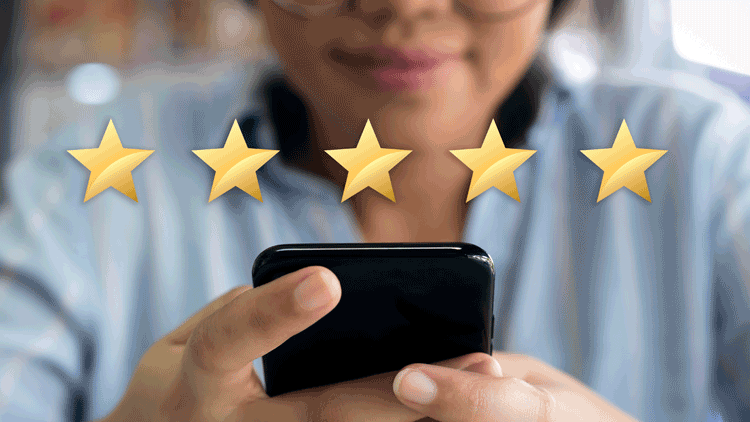
Sushi chain Yo! is one restaurant group that has benefited from a move away from transaction data to more useful customer data with the help of Vita Mojo. The company says that implementing mobile order and pay across their restaurants has enabled it to actually see exactly what dishes customers were ordering rather than just what kind of dish it was.
“In the past we didn’t know what we sold because all our payment beforehand went through coloured plates,” says YO! managing director Emma Deabill. “For the first time since YO! started we are able to have accurate sales data.”
Customer loyalty
With restaurants facing an uncertain future once lockdown is lifted, customer loyalty has never been so crucial for businesses, and again technology can have a hand in helping restaurants not only recruit but retain customers. Subscription models such as those recently introduced by Pret a Manger and Leon are such examples where technology has helped them create new revenue streams.
Pret says it launched its YourPret Barista coffee subscription very quickly last year when people started coming back to work in September, a process that Pret chief information and transformation officer Sarah Venning describes as the fastest digital development she’s been involved with in her career. YourPret Barista has surpassed the company’s expectations in terms of the customer response, with 16,500 people subscribing on the day of its launch, and Pret is now looking how it can use the information it has collected to better serve its customers and its business in the future.
“What we’ve been doing is working on how we finesse it, how we learn from the enormous amounts of data that are coming from that in terms of the direction that customers want us to go in,” says Venning. “Our whole digital strategy and broader strategy is to make sure that our customers can have a really joined up experience across all of Pret’s propositions, in store and digital, so we become a truly omni-channel organisation, and people can buy and engage with Pret however they want.”
Venning says that Pret’s move towards digitisation has given it data it previously didn’t have access to. “That gives us far deeper insight into our customers and their preferences, such as how different demographics of customers in different regions shop in Pret differently,” says Venning.
“It gives us this massive source of data that’s starting to influence our decision making in a way that hadn’t before at Pret. The teams have been brilliant over the years developing a highly refined gut instinct for trading within shops, and our digital developments this year have brought a whole new load of data that comes into that decision making.”
One key understanding gleaned from the data was its customers’ appetite for coffee delivery. “We thought people would be interested in food, they’d be interested in lunch, but actually coffee from the start traded much stronger than we were expecting,” adds Venning.
“That led to our thinking about how we could we engage with customers more deeply using digital around coffee, and contributing to our thinking about the coffee subscription.”
The data collected has also informed Pret about when its customers were wanting to use them. The company naturally assumed that its customers would want to buy their breakfast and lunch from Pret, but found that they were interested in making orders later in the day. This has led to the company to look into creating a dinner option at some of its venues.
Leon, meanwhile, has done a lot of work in engaging better with its Club members. “At the start of 2020 we had hundreds of thousands of customers transacting at our restaurants every week. However, we were unable to connect those transactions to known, contactable customers – our community of Leon Club members who are at the heart of what we do,” says Hugo Engel, digital executive at Leon.
“Since we launched Smart Order – our mobile ordering channel developed with – we have, for the first time, been able to recognise the Club members behind those transactions as well as grow the community through new members.”
In parallel, Engel says that Leon has been making strategic upgrades to its customer data infrastructure in order to truly return the value of that data back to its customers. “This has included building our own data pipelines so that we can better consolidate customer data from across our multiple touchpoints as well as start to build our own data warehouse for easier analysis of customer insights,” he says.
“Crucially, we have just finished migrating to a more advanced email marketing tool that enables us to share the value of this data with our customers by building automated email journeys and campaigns that are personalised to their preferences.”
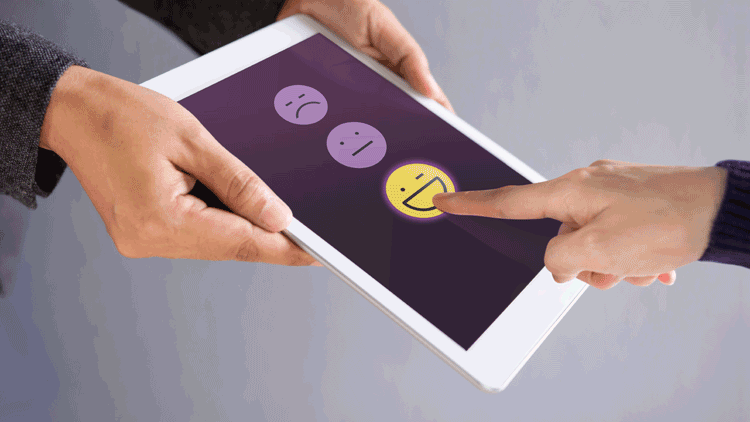
Problem solving
As well as helping businesses create a more loyal customer base, technology can help them reengage with lapsed customers who have taken their business elsewhere.
Popovici explains: “Using technology you can see customer X used to come in every month but has stopped coming. You can send an automatic promotion without lifting a finger to engage with them and bring them back in.”
He says that a typical reason for a regular suddenly stopping coming is that they had a bad experience that the restaurant failed to remedy, most likely because staff failed to notice, and no feedback was given.
“Most of the time something went wrong but the customer didn’t complain, and the manager didn’t notice,” adds Popovici. “They just vote with their wallet and not come back. Now if that same thing happens the business notices they’ve stopped coming and sends them a message saying ‘we’d love to hear from you, what do you think we could do to improve?’. And by the way if you tell us you can get 50% off your next meal.
“This is not a mass market email it’s a targeted email that has a 75% open rate. Usually once you get them back in with a discount you get the back in as a regular customer – that is the power of digital.”
Building consumer profiles
Gareth Hughes, founder and chief executive of Crave Interactive, says that the company’s technology can help restaurants build customer profiles. Data collected by the company each time a customer uses its digital ordering technology can give businesses owners the information they need to offer a better service.
“Over the next couple of years there will be huge advances in providing better service,” he says. “We help businesses build a customer profile both from system usage and people who had visited before and we can ask them what their preferences are in terms of food, drinks, dietary requirements – we can then personalise the menus back to people.”
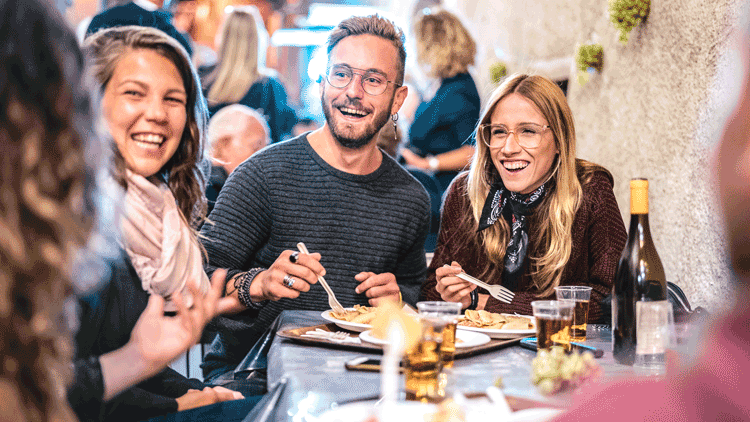
In a survey of users, Crave asked people whether they would like to see their preferences such as their favourite drinks and meals when the order and that most people did want to be a given a more personal service. He says people who have a special dietary requirement would also like menus flagged up, so they are easy to see, whether it be vegan-friendly dishes or those that are gluten free.
Customer profiles can be enhanced further by acquiring data from marketing options and loyalty use. “That data can be used by marketing so that you can send traditional emails and personal promotions to people.”
Another important aspect of digital ordering is its ability to enhance person to person service. Some restaurant businesses have been wary of adopting digital ordering because they believe that it takes away from the more persona face-to-ace interaction between staff and customer, but Hughes says it can be used to augment the service.
Customer data collected by the technology, such as whether they are a regular customer, when their last visit was, their favourite drinks or dishes, or just their name, can be quickly fed back to waiting staff to aid interaction. “When a server takes order to the table or there is some personal engagement that can make the customer feel welcome, as you would know if they were a regular that comes into your restaurant,” says Hughes. While restaurants with a maitre d’ might already be able to do this, businesses with numerous venues or large amounts of transient staff can now achieve the same using technology.
As well as helping to create individual customer profiles, technology can also create more generic profiles of the kids of customers that might be in a venue at any one point in time thanks to data intelligence. Crave is part of Thailand-based business True Corporation, which Hughes says employs a vast team of data analysts that look at the data businesses collect and help Crave’s customers build an insight into their customer base. Hughes says as a result business are starting to adopt features such as dynamic pricing and offering discounts at specific times of the day based on who they want to target and when.
“Every click is recorded so many of our customers a refining their pricing policies. [A restaurant’s] audience may be very different on a Saturday night to a Wednesday lunchtime so they can adapt their menus because of that. There is a huge amount that can be done with intelligent mobile service – this is just the beginning of its journey.”
REGISTER TO RECEIVE A WEEKLY ROUNDUP OF CONTENT, INCLUDING FREE WEEKLY TECH GUIDES AND ARTICLES
REGISTER FOR OUR TWO FREE WEBINARS

Precis
HOSTECH
Insider information: how to use customer data effectively
A huge advantage to businesses that take a digital approach is the amount of customer data at their disposal that provides them with vital insight into their customers’ purchasing habits and helps them target them more effectively with marketing campaigns. Prask Sutton, founder and CEO at Wi5 says the huge amount of data collected by mobile payment systems alone is already being used by operators to great effect. “Even something as basic as seeing which popular things are ordered together can help operators increase average transaction values by offering add-ons and creating offers,” she says.

